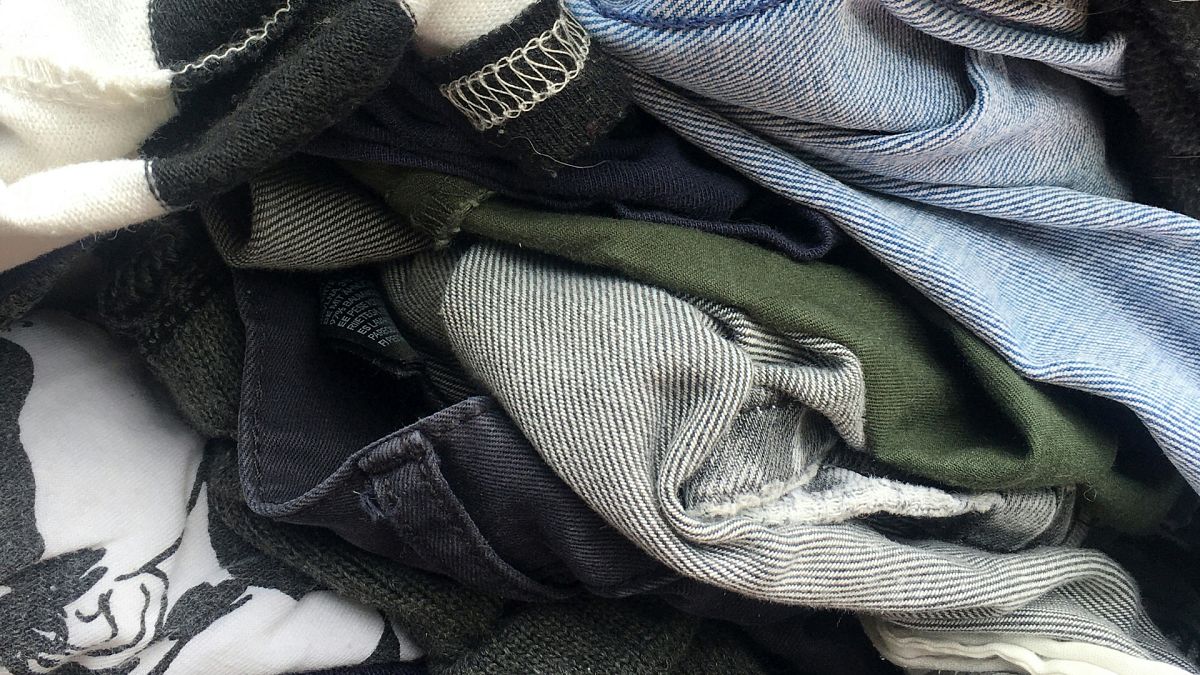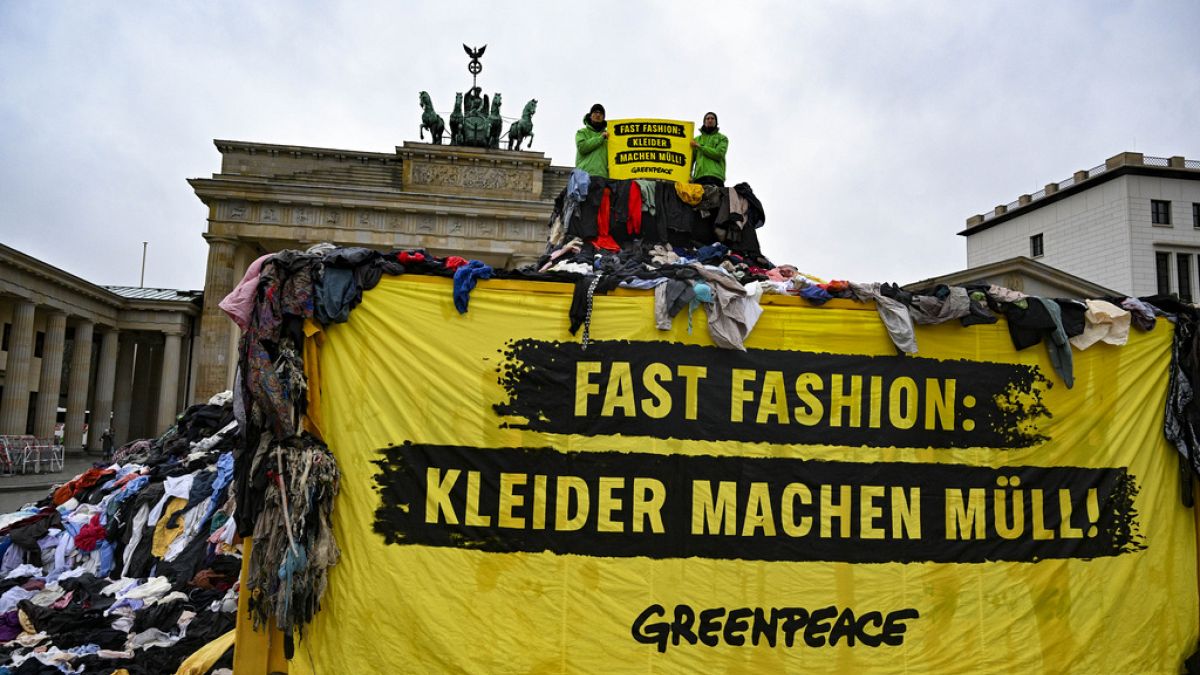Which European countries are leading the way on clothes recycling?

EU countries generated an estimated 6.95 million tonnes of textile waste in 2020 or around 16kg annually per person.
We’ve all seen the mountains of old clothes that end up as giant landfill sites in low income countries. Now, Czechia is leading Europe in tackling rather than contributing to the problem.
Around 180,000 tonnes of textiles are discarded in Czechia each year with just 3 to 4 per cent making its way into mixed waste bins. 39,000 tonnes are sorted for recycling whereas non-recyclable contaminated in mixed bins amounts to 75,000 tonnes.
The country has a plan, however, to revamp its current waste management practices. In December last year the Ministry of the Environment announced plans to enforce compulsory textile waste collection from 2025. At the moment, separate textile waste collection isn’t mandatory meaning a lot of discarded clothes which could be reused or recycled end up in landfill.
It aims to align the country with the European directive on waste management, according to Minister Petr Hladík. He emphasised that the goal is to ensure more textiles are recycled and increase the efficiency of recycling efforts.
Currently, a lot of textiles are thrown away in mixed waste bins meaning they can’t be recycled. The strategy includes establishing collection points across different municipalities to help citizens better dispose of their textile waste.
Czechia has around 10,000 textile collection points but the existing Waste Act only requires collection, not recycling. And the new scheme hopes to establish more collection points at accessible places like town halls or shops as the country has with batteries and electrical waste.
Which EU countries collect the most textile waste?
EU countries generated an estimated 6.95 million tonnes of textile waste in 2020 – that is around 16kg per person.
Of this, 4.4kg per person was collected separately for reuse and recycling but an overwhelming 11.6kg ended up in mixed household waste.
The main sources of the EU’s nearly 7 million tonnes of annual textile waste are clothing and household items (post-consumer waste). An estimated 4 to 9 per cent of products put on the market are also destroyed before they are ever used – between 264,000 and 594,000 tonnes of textiles each year.
In more than half of EU states it is already mandatory to collect textiles separately but this mostly captures reusable textiles. Luxembourg and Belgium have the highest rates of separate textile collection in the bloc, closely followed by the Netherlands and Austria. Each has a diverse collection system across villages, towns and cities. None of them capture more than half of their textile waste though and the problem doesn’t stop with just collection.
The European Environment Agency says sorting and recycling capacities need to be scaled up or a considerable amount of this waste will continue to either end up in incinerators, landfill or exported outside of the EU.
Related
Scotland’s biggest landowner is fashion brand billionaire
A European fashion tycoon is the biggest landowner in Scotland—and perhaps even the UK. Danish billionaire Anders Holch Polvsen named the Highlands' richest
EU targets food and fast fashion in new war on…
Polish presidency of the EU Council announced breakthrough in early hours after marathon overnight talks on food waste reduction targets and measures t
Fashion must-haves for your spring semester in Europe
Preparing to study abroad can be incredibly intimidating. With all the emotional turmoil you’ll face in the weeks prior, the last thing you�
Worldview: Ukraine’s Adaptive Fashion for the War Wounded
🇺🇦 Ukrainian Fashion Week presents adaptive clothing for combat injuries. More than 40 fashion brands presented their latest collections at Ukrainian Fash











